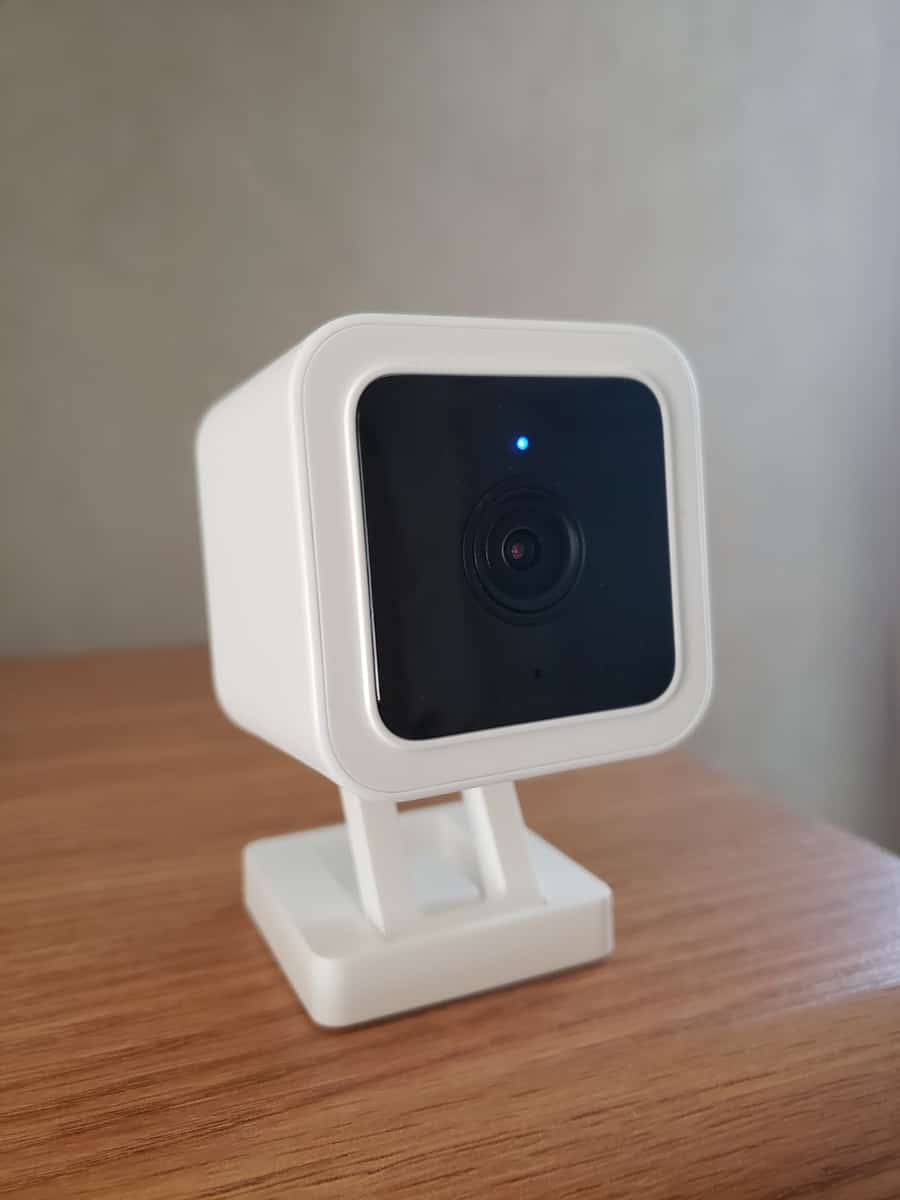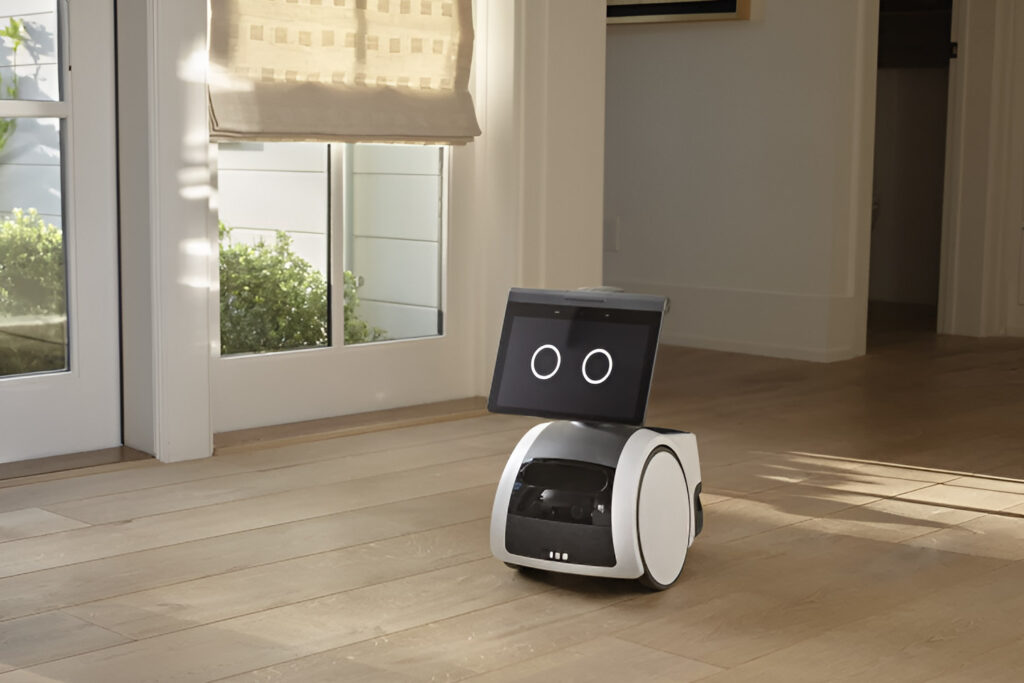Error messages! Whether they’re from your computer, phone, or car – we all hate them! The fixes often involve a lot of work, complicated measures, or are just plain costly. Now, what if this happens with one or more of your smart cameras?
Get A FREE Home Security Quote Now
The most common problem people run into when it comes to their smart cameras is internet connectivity, speed, and at times, picture quality. However, if you’re using a camera that has an SD card, you may run into another issue – not being able to read or recognize the SD card.
But not to worry! Even this seemingly difficult problem has a few fixes that won’t make you pull your hair out – hopefully.
What Are Wyze Cams?
Wyze smart cameras are convenient, compact smart cameras designed to help enhance the security of your home. Much like other smart home camera manufacturers, they have a couple of options, giving you the ability to keep an eye on and protect both the inside and outside of your home. Most of these support SD cards, except for their line of Video Doorbells.
The outdoor camera with Base Station provides secure coverage of the perimeter of your home, day or night. The Base Station has an SD card slot, enabling local video storage so you don't miss a moment of footage.

The convenient Wyze Cam Pan is just one part of Wyze's line of indoor cameras. It has the ability to turn on its swivel base and follow any motion detected via Motion Tracking.

One of the most attractive features of Wyze cameras is the low price. Their price range starts at less than $30 for their indoor cams, and up to about $80 for their Video doorbells – well below most competitors. This makes them one of the most economically priced cameras, without sacrificing quality. The newer, Wyze Cam v.3 also boasts even clearer picture quality and sound than its predecessors.

They’re also one of the few brands that offer local recording via a microSD card. But how exactly does this work?
How SD Card Recording Works
Wyze is one of few brands of smart home cameras that doesn’t rely solely on the Cloud for the storage of your videos. Via a microSD card, Wyze Cams save your videos locally for faster, easier retrieval.

With an SD card installed, you gain the option of either Event Only or Continuous Recording. When set to Continuous Recording, Wyze cams constantly record footage and store it on the SD card. Once it’s filled, it will begin to delete older recordings in order to make room for newer ones.

Without an SD Card, Continuous recordings aren’t an option, and you won't get any recordings without a Cloud subscription. Even with Cam Plus Lite, for example, you’ll be limited to 12-second Event-Only recordings, such as when motion or sound is detected.
At one point you didn't need a subscription for Cloud storage of your videos. Now, however, if you don't have at least Cam Plus Lite, they won't be saved to the Cloud. If you so choose to get their Cam Plus or Cam Plus Pro subscription, it comes with the ability to record videos longer than 12 seconds, as well as no cool down period in between recordings.
It’s also important to note, that any microSD card that’s used with Wyze cameras must be formatted using the FAT32 format. FAT32, an acronym for File Allocation Table, is an electronic filing system that is the basis for how many devices store information. Wyze Cams will only work with microSD cards that use this formatting – unless otherwise stated.
There is even a button within the Wyze app that allows you to format your SD card, making sure it works with your camera.
Properly Installing The Wyze Cam SD Card
Many errors with SD cards can be prevented by making sure the SD card is installed properly from the get-go.
First, make sure the microSD card you’re using is a size compatible with your particular Wyze Cam. Sandisk, for example, manufactures SDHC (Secure Digital High Capacity) microSD cards that can come with as much as 512 GB of space – and in some cases more than that! While all of this storage space is convenient, some users report that this newer kind of SD card doesn’t always work well with their cameras, and certain other devices, including smartphones.
While higher storage capacities are attractive, it may be better to stick with ‘average’ storage capacities, usually up to 64 GB. Users have reported that larger capacities can sometimes result in data getting corrupted more easily, and rendering the SD card unusable. Make sure to check with Wyze and the information that comes with your Wyze cam for any specifics regarding SD cards and sizes.
Next, you want to make sure that your microSD card is free of physical damage before you install it into your camera. Scratches and any bent surfaces can mean nothing but trouble. Once you’re sure everything is good, you can install it into your Wyze cam, making sure to follow the diagram as to how to place it properly.


You’ll also want to make sure that the SD card is formatted using the FAT32 format. After you’ve installed your camera, go into the particular camera’s settings, then select ‘Event Settings’, then ‘Manage SD Card’. There, you’ll find the button that says Format.

Note: When you format your SD card, make sure you've either backed up the data on it, or are fine with losing whatever is on there. Formatting your SD card erases all data on the SD card so that the proper formatting can take place.
The Dreaded SD Card Error Messages
You’ve heard about them. You feared them – and now it’s happened. You go into your Wyze app, and when you try to access videos that should have been recorded, you see that dreaded message that something with your camera’s microSD card has gone awry, or you just can't find your recordings period. Now what?
No need to start pulling your hair out – it’s happened to the best of us. Fortunately, though, there are some rather easy fixes for these issues.
Issue#1: SD Card Not Recognized
This issue often comes about when the SD card is either corrupted or not formatted properly. Your camera realizes there's an SD card, but it's not registering as something usable, and thereby it can't read the data.
The first part of the solution is to check the integrity of your SD card, to make sure the issue isn’t the microSD card itself. You can do this by using an SD card adapter to plug it into your computer, and seeing if your computer recognizes the SD card.

If it’s read properly, next check out the formatting. Is it formatted using FAT32? If not, then formatting it this way will be your next step. If it’s already formatted using FAT32 and is working fine otherwise, then it’s time to look at your Wyze camera itself, as well as the app.
Do you have the latest firmware installed? Wyze sometimes updates their firmware to fix any issues that may be occurring, which may include your SD card error message.
Has the camera fallen recently? Is it damaged in any way? Damage, especially from decent heights onto hard ground can cause the interior parts to malfunction. If external damage or falls are not the culprit, an internal glitch may be causing problems.
Try removing the camera from your Wyze app, then adding it back again. Sometimes the process of removing the camera then reinstalling it can fix any bugs or issues.
You can also try removing the SD card, power cycling the camera, then replacing the SD card.
Issue#2: No SD Card Installed In Camera
Aside from there not actually being an SD card installed in the camera, this is obviously not an error message you want to see. In fact, a lot of times you won't even see an error message for this. In the app, it will simply appear as if no SD card is installed in the camera, and the slider with the option to Record to MicroSD card will be ghosted, as shown here.

First, make sure the microSD card is installed properly. Is it all the way in? Does the microSD card itself appear to have any damage? Once you’re sure it’s fine physically, just as for the previous error message, check to make sure the card is formatted using the FAT32 format.
If it is, the next step would be to force close the app. Most smartphones have the ability to force close any open apps. Do this, and then restart the app. Check to see if the firmware is up to date.
If the problem persists, you may need to uninstall the Wyze app, then re-install it. A hassle, yes, but sometimes doing this can fix any errors that occurred. Sometimes when a company updates their app, the changes don’t take effect properly unless the app is removed, then reinstalled.
Though rarely the crux of the issue, you may consider checking the brand of SD card you’re using. Some users report increased errors with Sandisk SD cards, particularly their SDHC, or high-capacity cards. Wyze users often have more success with microSD cards made by Wyze, Samsung, and PNY – to name a few. While the brand issue may be rare, if possible, it is something worth looking into.
Alternatives to Wyze SD Card Recordings
Even though local storage is a very convenient feature not offered in many cameras, the microSD card problems may be more than you’re willing to do with. So what do you do in this case?
Well, you can simply forego using a microSD card altogether. However, unless you have a Cam Plus subscription of some kind, your cameras won't save any video to the Cloud. You can therefore opt-in for a Cam Plus Lite subscription to get 12-second event recording and 14-day event storage in the Cloud.
If you opt for a Cam Plus subscription, you have the ability to record longer videos, which can at least partially make up for the fact that you can no longer continuously record, as you would with an SD card.
While having the option to record locally using a microSD card is definitely a useful function, it’s not required. Your Wyze cam can still be an invaluable part of your home security.





